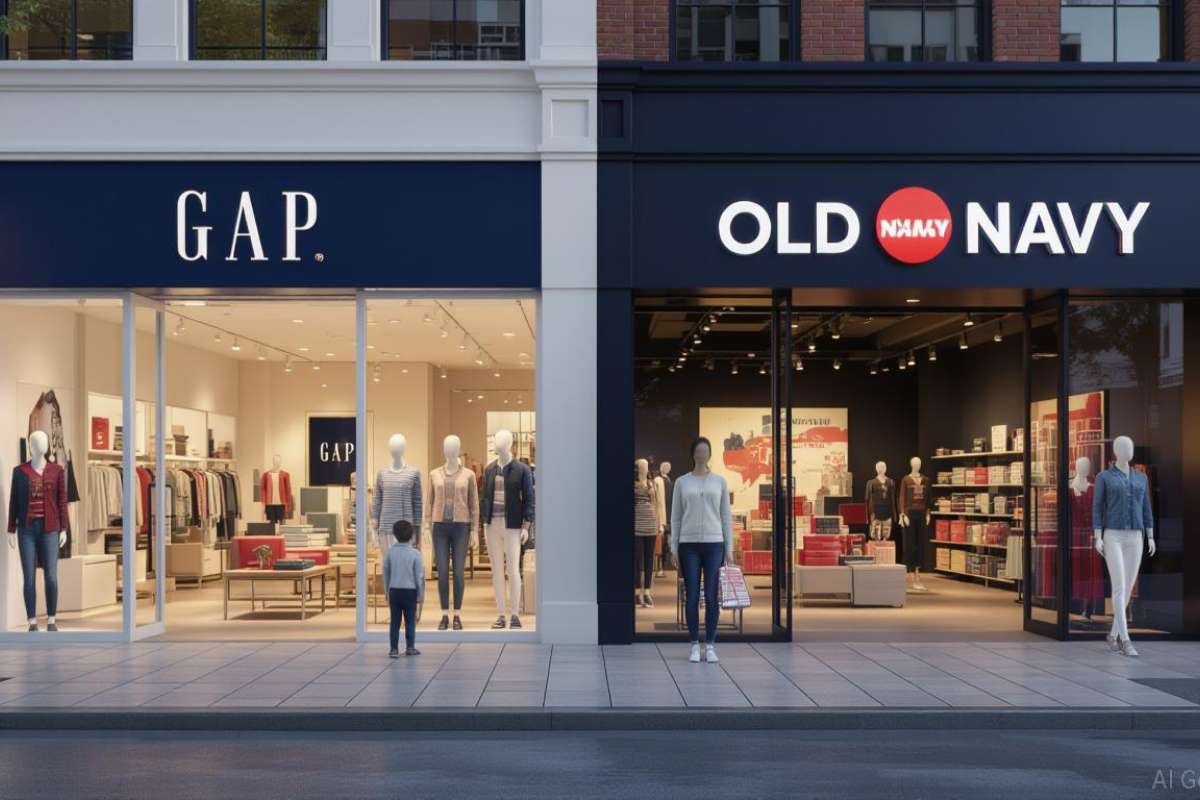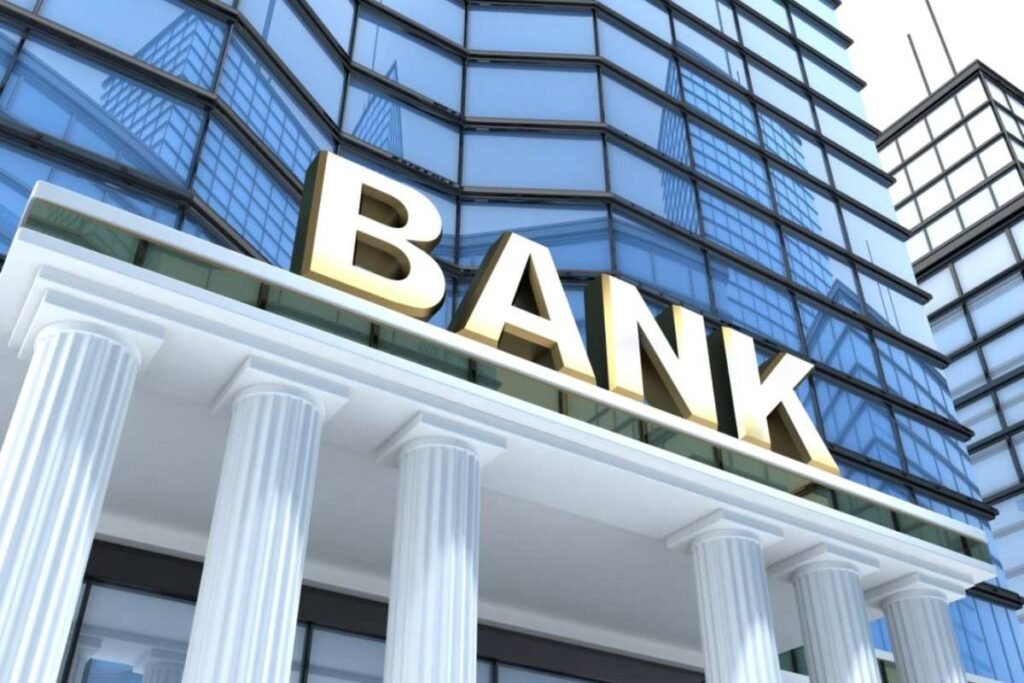Gap Q2 results reported on Thursday revealed a mix of strengths and challenges, with tariff-related costs expected to have a growing impact on profitability. While revenue slightly missed expectations, the retailer highlighted ongoing momentum in core brands and its efforts to strengthen positioning in the competitive apparel market.
Tariffs and Margin Pressure
Gap warned that tariff expenses will weigh more heavily on its full-year results than previously anticipated. Earlier this year, the company projected tariffs would cost between $100 million and $150 million. Now, it expects the impact to reach between $150 million and $175 million.
Gap Q2 results prompted the company to revised its operating margin outlook to 6.7%–7%, down from 7.4% in the prior fiscal year. The company noted that tariffs are reducing margins by roughly one percentage point. For the current quarter, gross margin is forecast to decline between 1.5 and 1.7 percentage points, primarily due to higher import-related costs.
To mitigate the pressure, Gap is working with suppliers, diversifying its sourcing, and implementing targeted price adjustments. Executives emphasized that these steps aim to balance consumer value while sustaining market share.
Quarterly Performance and Brand Breakdown
Gap Q2 results showed earnings per share of $0.57, slightly above analyst expectations of $0.55, according to LSEG. Revenue came in at $3.73 billion, narrowly missing the $3.74 billion estimate but still edging up from $3.72 billion a year earlier. Net income rose to $216 million compared with $206 million in the prior-year period.
Comparable sales increased 1% overall, though below the 1.9% growth analysts expected. Performance varied across its portfolio of brands:
- Old Navy, Gap’s largest division, generated $2.2 billion in sales, up 1% from last year. Comparable sales rose 2%, just under the expected 2.2%.
- Gap brand posted $772 million in sales, also up 1%, with comps rising 4%. This marked the seventh consecutive quarter of comparable sales growth.
- Banana Republic recorded $475 million in sales, down 1%, but its comparable sales grew 4%, beating expectations of 0.2%.
- Athleta faced the steepest decline, with sales down 11% to $300 million and comps falling 9%. Management acknowledged the brand lost focus on its performance roots but sees 2025 as a reset year. A new CEO, recruited from Nike, will lead efforts to revitalize the athleisure division.
Marketing, Strategy, and Outlook
Gap Q2 results reflect the company’s continues to emphasize marketing initiatives as part of its turnaround. The company’s recent “Better in Denim” campaign, featuring Katseye and Kelis’s hit Milkshake, generated more than 400 million views within days of launch and reached 8 billion impressions. It also ranked as the top search on TikTok shortly after release, underscoring the campaign’s strong cultural resonance.
CEO Richard Dickson noted that Gap has shifted from being an “overly promotional clothing retailer” to a brand shaping cultural conversation through marketing and product strategies. He highlighted six consecutive quarters of comparable sales growth and a $2.2 billion cash position as evidence of progress in the company’s turnaround.
Looking ahead, Gap reaffirmed its fiscal 2025 net sales growth forecast of 1%–2%, consistent with LSEG’s estimate of 1.6%. For the current quarter, the retailer expects sales to rise 1.5%–2.5%, slightly above Wall Street’s projection of 2%. Importantly, Gap does not anticipate further declines in operating income from tariffs in 2026, suggesting the current year will absorb the brunt of the impact.
Balancing Costs and Growth
Gap Q2 results underscore that while tariff costs continue to challenge profitability, Gap’s performance highlights resilience in its largest brands and opportunities to regain momentum at Athleta. Executives remain focused on supply chain flexibility, targeted pricing, and cultural marketing to offset external pressures and maintain consumer engagement.
With strong campaigns driving visibility and steady progress in sales growth, Gap is positioning itself to balance near-term cost headwinds with long-term brand strength across its diverse portfolio.
Visit Enterprise Wired for the most recent information.
Sources:










